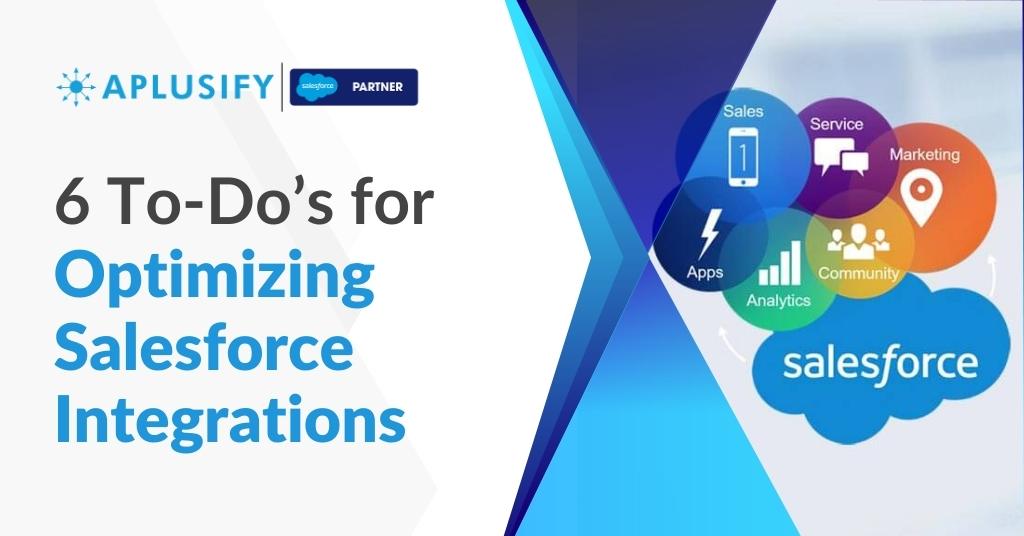Salesforce has the potential to drastically improve associations’ working process involving support, operations, product & services, etc. With its integration with other applications, resources, and APIs, organizations make Salesforce even more valuable to its customers through data and ensure accuracy in dealing with business workflow and operational visibility.
But it isn’t that easy. API integrations are not as easy as it sounds. Right from managing the flow of data to determining its frequency in the required business model, complexities need to be handled beforehand to avoid the on-premises error.
We put together a customized checklist of important factors for you to help, plan, manage, and maximize your Salesforce API integration project.
1. Master Data
Existing master data strategies must be taken into account when integrating third party APIs into Salesforce. Which side is the data from? Once you know which platform has the master data in integration, determining the flow of integrations becomes easy and you can strategically define the need for update/upsert inside the CRM. Other data-related questions to consider:
- What data (tables/fields/rows) should be extracted?
- What data (tables/fields/rows) should be considered as targets?
- What are the data sources that need to be integrated? From a single source or multiple sources?
- Is it enough to perform a one-time migration, or do I need an ongoing synchronization?
- Do I need to backup Salesforce data?
2. Accuracy With Field Mapping
Mapping is the most critical step when it comes to API integration. You need to keep a clear understanding of what and which field needs to be integrated and mapped with which of the other fields between the application and Salesforce. To understand this, you should know the exact relationship between these two objects and fields. You can use object schema or structure for the same as this will allow you to avoid unnecessary complexities during mapping.
3. Define Custom Object
Identify the customer objects and fields from each application that will be required during integrations. Transform (Map) these custom objects and fields into that of your corresponding application’s field and align it within the Salesforce. This will help to simplify the interactions between the two applications during and after the integration and data can be saved in the right place.
4. The Flow of Data Transfer
The flow of data is directly linked with the handshake between the applications and hence you need to keep in mind the following:
One Way – Is the data transfer uni-directional?
Two-Way – Is the data transfer bi-directional? Will the data flow in both System
Salesforce – Third Party and Third Party to Salesforce?
The rules of criteria and the integration logics can be applied only after getting the clarity on the data flow.
5. Frequency of Data Transfer
Integration with salesforce can be done manually, automatically, or as a one-time kickoff. You need to be sure about the frequency of data transfer and the change in its legacy system. Will the migration happen every time a record is needed? Perhaps, the data can be retrieved ad hoc and can be selected and transferred according to the requirement of the user once it is updated.
6. Rule of Exception (ETL)
It is worth remembering that Salesforce provides multiple ways of data integration without the need for code. The data can be either extracted, transformed or loaded (ETL).
ETL is a great option for simpler integration needs. It can also save significant time, cost, and effort if they meet the necessary integration requirements. To comply with the ETL needs, you need to set a rule of criteria in the salesforce. This rule will further define which method needs to be adapted for the specific cases and controls the trigger in the process.
In short, there are several factors to consider during a Salesforce API integration. Do not worry! We have seen how Salesforce API integration works and how easy it is to set up if you know your requirements well. Integrating Salesforce with other applications can make your business process easier and help you save a lot of time and effort in managing your data.

